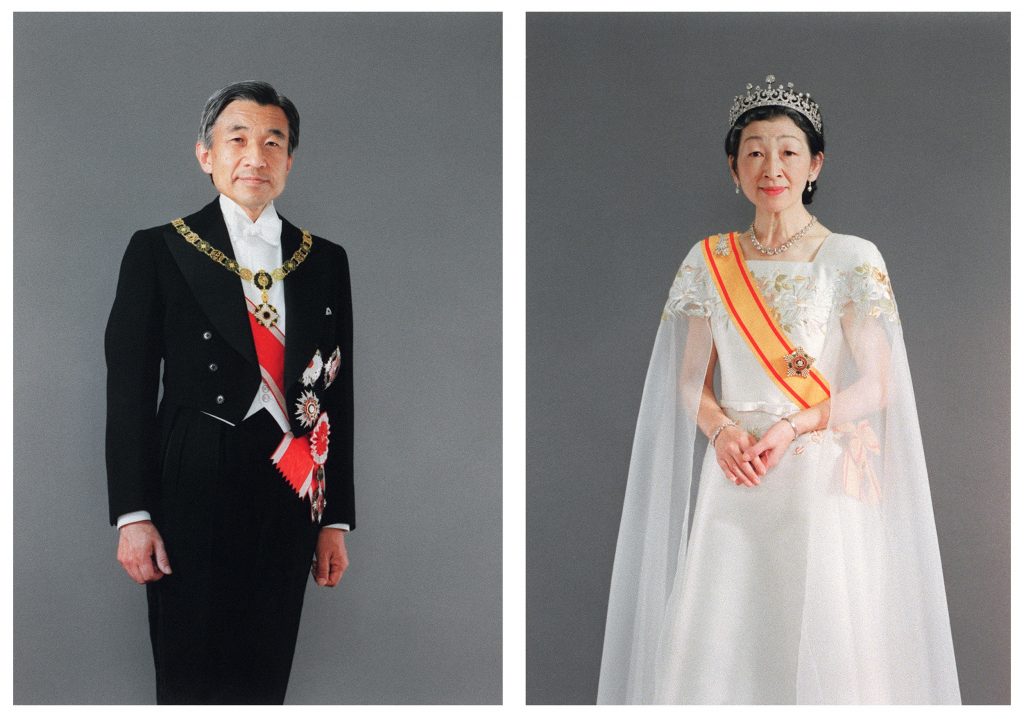
- ARAB NEWS
- 01 Aug 2025

Rawaa Talass
Dubai
One of the most distinctive elements of the enthronement ceremony is the attire worn by the imperial couple, as the style and colors of the garments are rarely seen.
Emperor Naruhito and Empress Masako will convey a traditional and regal look through elaborate, almost sculptural robes and headpieces.
The diplomat-turned-empress is expected to don a vibrant silk robe, jūnihitoe, featuring multiple layers and fabulous embellishment. This kimono design was created during the golden age of Japan’s Heian period, 794 - 1185.
Her hair, swept up and off into an elaborate ponytail, will be adorned with a golden hairpiece.
Naruhito will wear a robe, sokutai, that was sported by military officials in ancient times. It is a voluminous outfit of a brown and gold hue – a color solely reserved for the emperor. But his lofty and lacquered hat, kanmuri, will also command attention.
Traditional music and dance also play a role in creating an elegant ambiance during the ceremony. Ancient courtly music, gagaku, is featured. The incoming royals are music lovers, playing instruments including the piano and violin.
A stage is usually set up for dancers and musicians to perform, immersing the audience in the Japanese art of storytelling.
The ceremony is part private, part public and each aspect has its protocol. The private elements will be in Tokyo’s splendid Imperial Palace, an oasis of calm in the heart of the mega-city encircled by immaculate and sweeping grounds.
The public will have a more rousing introduction to the newly enthroned imperial couple, however, with musicians from Japan’s armed forces performing during a special parade.